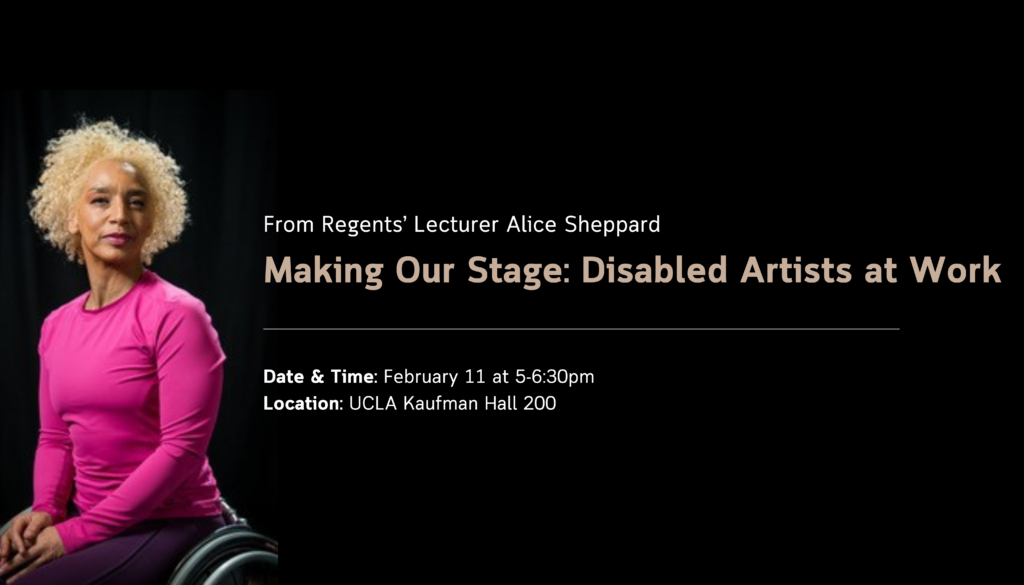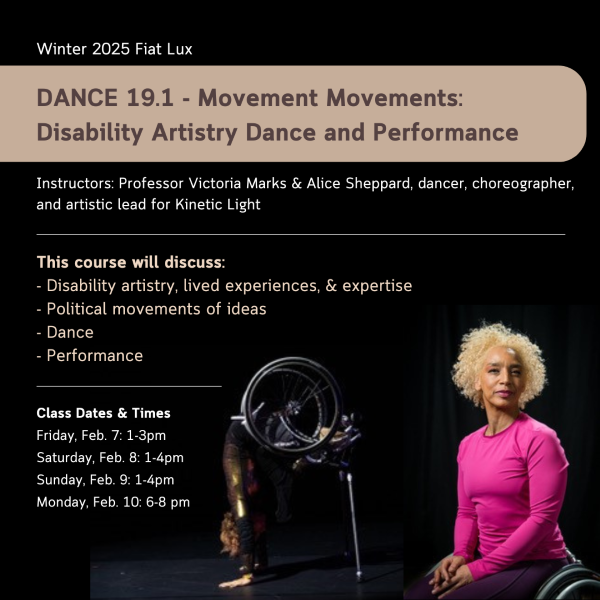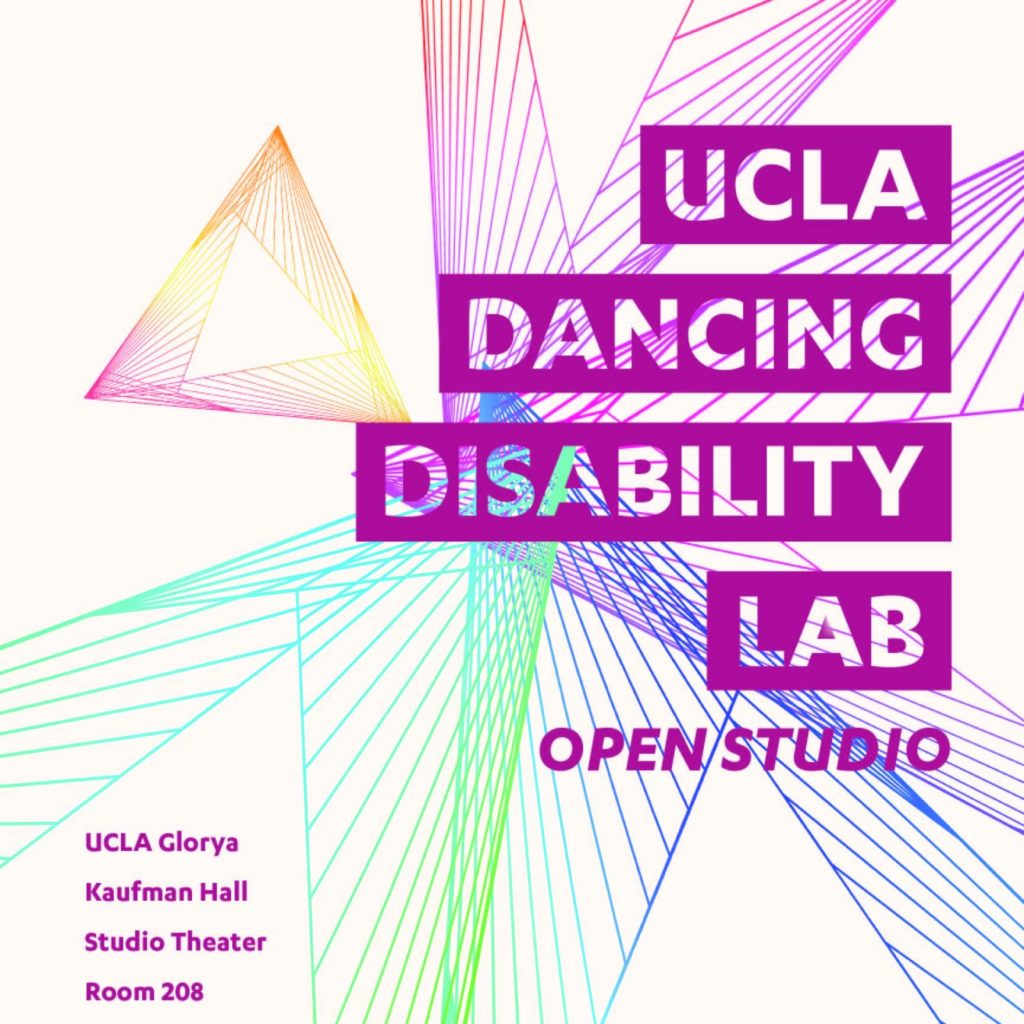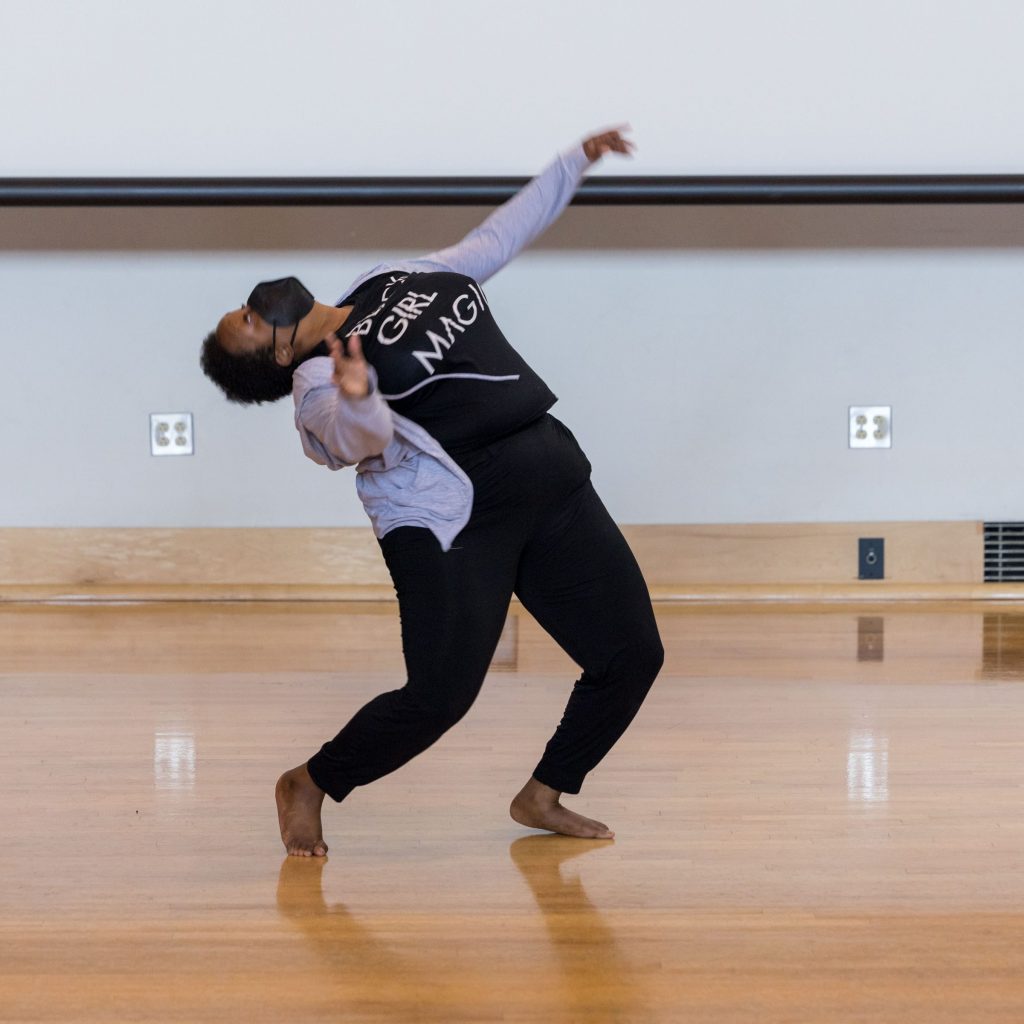On February 11, 2025, Alice Sheppard delivered a lecture on the history of disability and arts education in the United States, highlighting how the work of Kinetic Light challenges this history. Kinetic Light is a disability arts organization dedicated to creating transformative art and affirming the intersectional disability arts movement. As its founder, Sheppard seeks to center disabled audiences and create work for the disability community.
Various laws and programs in the United States have attempted to prohibit employment discrimination; however, their implementation has long hindered disabled people from pursuing professional careers in the arts. Among efforts to bridge this gap, the 1974 National Committee on Arts for the Handicapped (now called Very Special Arts) established a national agenda linking arts education, social integration, and the self-worth of disabled people. Disability advocates such as Phyllis Wyeth have underscored the significance of the arts for disabled individuals, emphasizing their aesthetic, creative, educational, therapeutic, and vocational value. Similarly, initiatives like the New Visions Dance Project and the Creative Growth Art Center have demonstrated how art can be a means of inclusion for disabled people in non-disabled society.
Kinetic Light expands on this work by creating, teaching, and performing across dance, film, technology, and design, operating with the belief that access is creative, intersectional, political, and relational. Rather than adapting standard modern dance vocabulary, Kinetic Light’s dancers develop movement that emerges from their disabilities. Combined with creative access technology, this approach allows them to produce multiple versions of their work, centering the diverse disabled audience. As part of the lecture, Sheppard shared several clips of a dance that showcase different audio describing and visual methods to present the dance to the Deaf and neurodivergent communities. She also described their work in developing haptic technology for seating to immerse the blind community in the dance.
During the discussion with the audience, Sheppard addressed questions about how artists with disabilities navigate the industry, emphasizing the need for structural change to foster more inclusive opportunities. She highlighted that a commitment to accessibility is fundamentally a pursuit of connection. For artists, community accountability in accessibility both challenges and inspires Kinetic Light to continuously create and evolve. The session concluded with a call to action, encouraging attendees to advocate for greater equity in the arts.



